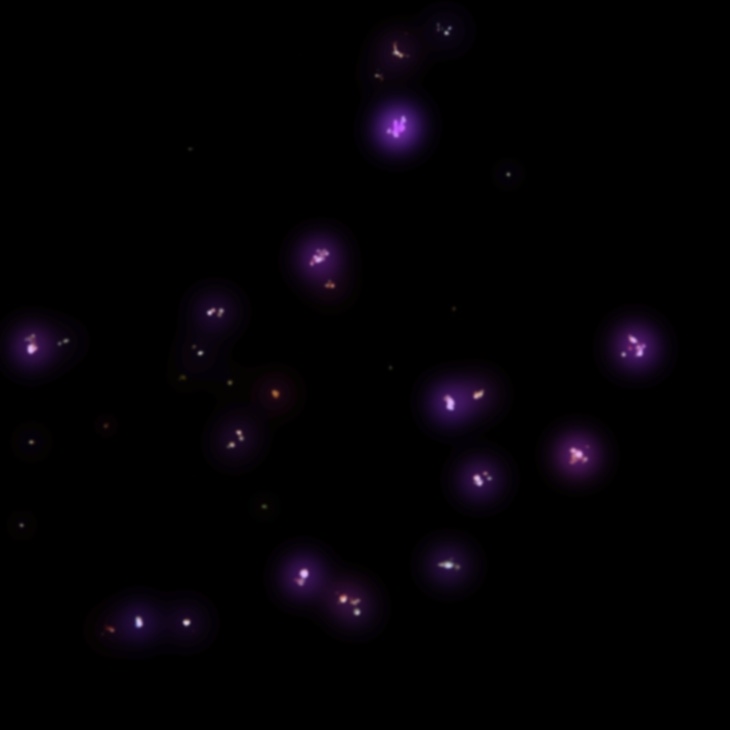Nobelium
102
No
Grupp
Ej tillämplig
Period
7
Block
f
Protoner
Elektroner
Neutroner
102
102
157
Generella Egenskaper
Atomnummer
102
Atommassa
[259]
Masstal
259
Kategori
Aktinider
Färg
Ej tillämplig
Radioaktiv
Ja
Named after of Alfred Nobel, Swedish chemist who discovered dynamite and founder of the Nobel Prizes
Kristallstruktur
Ej tillämplig
Historia
Nobelium was discovered by Albert Ghiorso, Glenn T. Seaborg, John R. Walton and Torbjørn Sikkeland in 1958 at the University of California, Berkeley.
It was produced by the bombardment of curium with carbon atoms.
It was correctly identified in 1966 by scientists at the Flerov Laboratory of Nuclear Reactions in Dubna, Soviet Union.
It was produced by the bombardment of curium with carbon atoms.
It was correctly identified in 1966 by scientists at the Flerov Laboratory of Nuclear Reactions in Dubna, Soviet Union.
Elektroner per skal
2, 8, 18, 32, 32, 8, 2
Elektronkonfiguration
[Rn] 5f14 7s2
Nobelium is a divalent ion in aqueous solution
Fysikaliska Egenskaper
Aggregationstillstånd
Fast
Densitet
- g/cm3
Smältpunkt
1100,15 K | 827 °C | 1520,6 °F
Kokpunkt
-
Smältvärme
Ej tillämplig kJ/mol
Ångbildningsvärme
Ej tillämplig kJ/mol
Specifik värmekapacitet
- J/g·K
Förekomst i jordskorpan
Ej tillämplig
Förekomst i universum
Ej tillämplig

CAS-nummer
10028-14-5
PubChem CID-nummer
Ej tillämplig
Atomära Egenskaper
Atomradie
-
Kovalent radie
-
Elektronegativitet
1,3 (Paulingskalan)
Jonisationspotential
6,65 eV
Molvolym
-
Värmeledningsförmåga
0,1 W/cm·K
Oxidationstillstånd
2, 3
Användningsområden
Nobelium is used for scientific research purposes only.
Nobelium is harmful due to its radioactivity
Isotoper
Stabila isotoper
-Instabila isotoper
248No, 249No, 250No, 251No, 252No, 253No, 254No, 255No, 256No, 257No, 258No, 259No, 260No, 261No, 262No, 263No, 264No